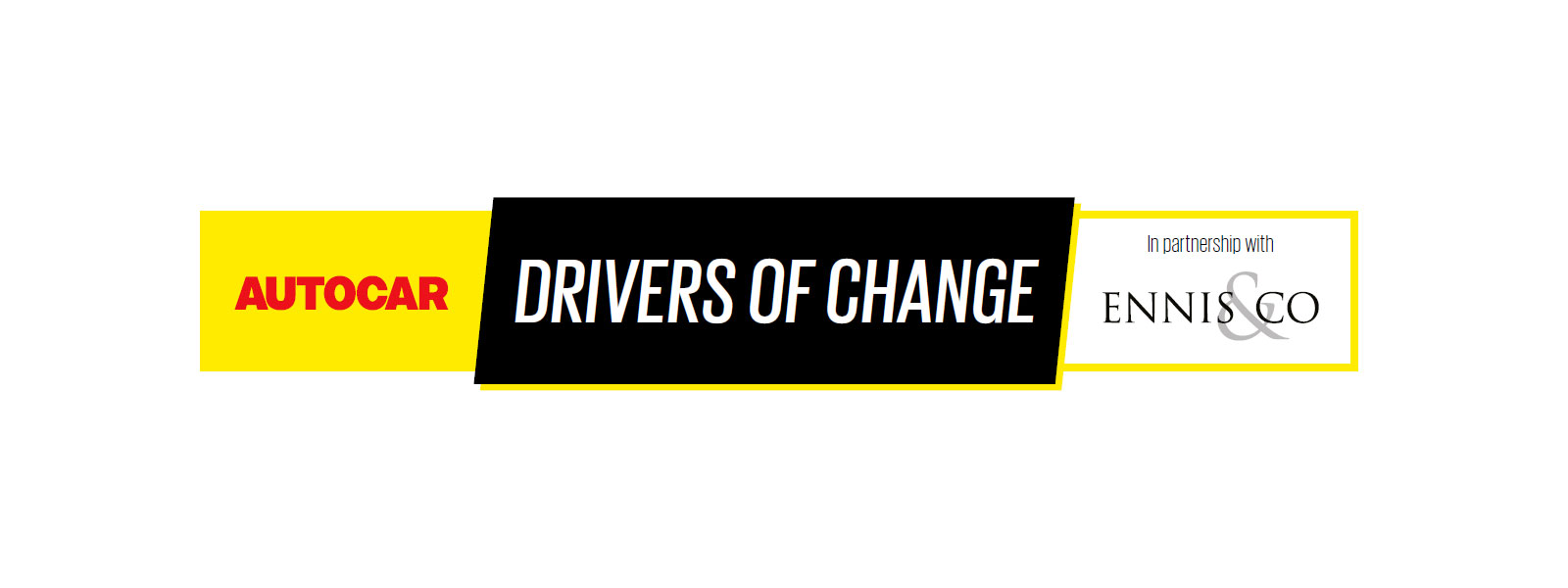At Allianz Assistance, we’re a very proud sponsor of Autocar’s Drivers of Change. This is a competition that encourages and creates a platform for people looking to make real change and innovation in different areas of the automotive industry: technology, digital and retail. This year the winners will receive £5,000 and the opportunity to attend the Society for Motor Manufacturers and Traders (SMMT), which is one of the biggest annual events in the automotive industry.
As sponsors, we got a ring-side seat to learn more about the submissions, innovators and who caught the judges’ eyes the most. We’ve pulled the highlights from the virtual Digital event for you to read through, as well as a round-up of the finalists and their ideas that earnt them a top spot in this year’s Autocar’s Drivers of Change.
Digital award:
WINNER: Madeline Cheah:
Madeline’s idea focused on the problems that the automotive industry face today in terms of criminal activity occurring through cyber-attacks on self-driving vehicles. She pointed out that in the future these criminal activities would only get worse as cars become more intelligent and their parts more desirable. She wants to use Cyber Security to protect our vehicles and ensure that it is protected safely through AI and automation.
“The first step towards [my idea] is something I call Automated and Systematic security testing, or ASSeT for short. It’s basically a way of using attack trees to chart a pathway through a system so that we can automatically test that system. In terms of security testing that’s simulating an attacker’s behaviour, we can apply that to a system under test and we can get some output. The successful tests might be determined as successful attacks, which means we can reason about the defences that we need to put into place. When we test the system with the simulated attacking behaviours, we can also start training up intelligent anomaly detection and because the ASSeT detection is based on attack trees we also want to concentrate on generating the attack trees automatically. Right now, these attack trees codify the attackers behaviour, but if we can generate it we can make it much faster.”
Cheah’s solution is split into four parts. It begins with ‘attack trees’, which are blueprints for different types of cyber-attacks, these are then fed into a program that uses these blueprints to simulate attacks and then feeds back on the results. From this, machine learning can then be used to ‘teach’ the program to identify criminal activity automatically, and then creates ways to defend the cars from such attacks.
Tom Harle:
“I do a lot of travel with my work and just seeing how difficult climate change is becoming to ignore and how it’s impacting peoples lives where previously it was always something that happened to other people, the impact is getting closer and closer to home in the West and that’s something that we see consumers responding to. […] What could we do {as one of the biggest contributors as the Automotive and Mobility industry} to respond to this and give people confidence going forward? We need to make it easier for people to understand, we need a system that makes sense of the full carbon impact of people’s decisions, from driving style to manufacturing history. I’m calling it a ‘Smart Metre for your car’.”
Tom’s idea essentially puts people in a position where they are able to track and monitor their own impact on the environment through their vehicle. The importance of changing the way we live and how we drive is highlighted through this idea, as the impacts of climate change becomes more prevalent in our societies, this innovative idea would encourage people to watch what they’re doing and give them a daily reminder to become more carbon neutral.
Luke Greengrass:
“My idea is an Open Mobility Platform, which is a service-based architecture that is a set of services flexibly built. You consolidated all of the offers throughout their entire journey into one place, you bring those data sources {finance, payments, maintenance, retails, fuel, charging, mobility provision} into one place and present those outward at the right time through the right channels. It’s omni-channel. It shouldn’t be about an app, it’s not just about a car or website, it’s about engaging in the right way. […] Crucially, this is very much about eco-systems, it takes a lot of people to serve a customer and bringing all those partners in is absolutely key here. So this brings everything together and puts the customer at the centre.”
Luke went on to describe how this is crucial for a customer journey in the automotive industry that is ‘broken’, and needs to be fixed in order to provide a smoother more satisfactory customer journey for all who want any sort of automotive service. The mobility platform is designed to enable partnerships and a better customer experience and will add a competitive advantage towards businesses that implement it, if not, Luke highlights the risk of losing out and being behind the curve of innovation.
Luke expressed the desire to want to future proof this mobility platform and create an ecosystem for people to travel, drive, get services in order bring everyone together through a single entry point.
If you want to learn more about the Drivers of Change Awards and want to enter in the future, visit the Autocar Drivers of Change website today to get all the information you need. If you are interested in browsing more of our advice and interview content at Allianz Assistance, please visit our Automotive news and advice hub today.




